Handle Diseases
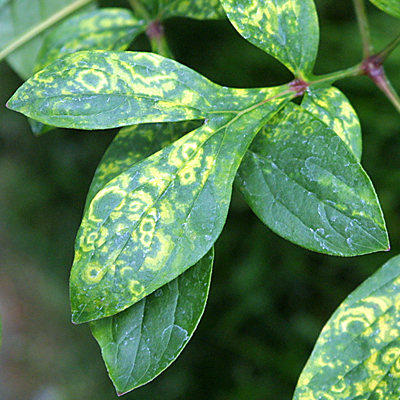
Virus Infection
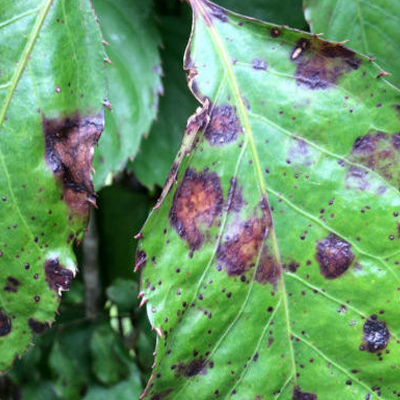
Bacterial Infection
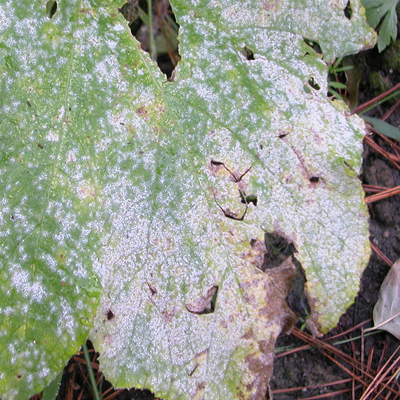
Fungal Disease
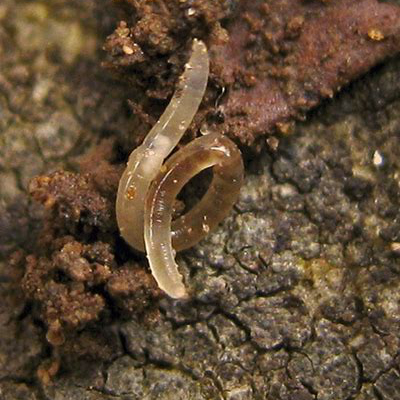
Nematode
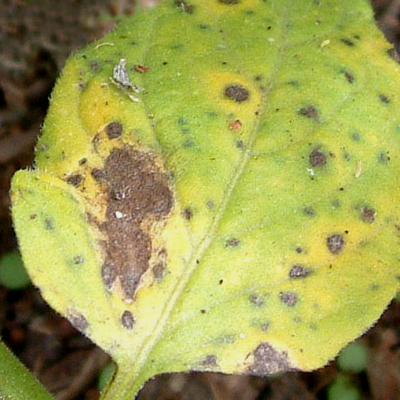
Blight Infestation
Viruses
Plant viruses are generally transmitted from plant to plant, through air or by insects. The viruses cause various types of plant diseases, but the diseases do not typically result in plant death. They do, however, produce symptoms such as ring spots, mosaic pattern development, leaf yellowing and distortion, as well as deformed growth. Some plant viruses are not limited to one particular plant host, but may infect several varieties of plants. Currently, there is no cure for these viral diseases. If you want to avoid virus-damaged plants, your infected plants must be removed and destroyed. Dispose of them in the trash and do not compost them.
Bacteria and Protozoa
Bacteria and protozoa are tiny cellular organisms that can create symbiotic relationships with plants. Only a small number cause disease; most are beneficial for the soil and the plants. Some bacteria can also be used as organic pesticides; Milky Spore, for example, can be used to kill Japanese Beetles in their grub phase, and can be used in lawn care.
Nematodes
Nematodes are small, multicellular wormlike animals. Many live freely in the soil, but there are some species that parasitize plant roots. Just like bacteria, nematodes can be beneficial or damaging. Nematodes are common on the roots of legume plants and help transforming the nitrogen in the air into a form of nitrogen that can be used in the soil for fertilization. Nematodes are also used as a natural pesticide for lawn grubs.
Fungi
Fungi reproduce via spores. Spores may be spread long distances by air or water, or they may be soilborne. The fungus may appear on the foliage, near the base of the plant, in the soil or on the fruit and flowers of the plant. Though some fungi can be beneficial or just create some cosmetic hassle, other fungal outbreaks can cause permanent injury and even death of the plant. Plants, often already weakened plants, that are infected with fungal diseases may develop cankers, lesions and rot. Some rot diseases are curable with fungicidal treatments, others are irreversible.
Blight
Blight is not a disease but a symptom. It is a rapid and complete decoloration, browning, and then death of plant tissues such as leaves, branches, twigs, or floral organs. Many diseases caused by viruses, bacteria or fungi exhibit this symptom and are called blights.
